Your basket is currently empty!
Home / Mushroom Guide /
Velvet Shank
Velvet Shank
Capable of surviving being frozen solid this fungi can be found throughout the winter and is a tasty find when there is not much else about.
| Mushroom Type | |
| Common Names | Velvet Shank (EN), Coesyn Melfed (CY), Płomiennica Zimowa (PL), Téli Fülőke (HU) |
| Scientific Name | Flammulina velutipes |
| Season Start | Dec |
| Season End | Apr |
| Average Mushroom height (CM) | 2-6 |
| Average Cap width (CM) | 2-6 |
Cap
2-6 cm. Widely convex but due to the proximity of neighbouring caps the shape is usually distorted. Orange yellow/brown, darker in the middle. Smooth and viscid.
Gills
Gills white becoming pale yellow/cream. Broadly to narrowly attached to the stem (adnate to emarginate). Gills of different lengths with some not reaching the stem. Not very crowded.
Stem
2-6 cm long, 0.4-0.8 cm diameter . Pale yellow becoming dark brown to black and velvety with maturity, sometimes keeping a yellow apex. Quite tough.
Habitat
Growing on dead stumps and trunks of deciduous trees, particularly elm. Sometimes found on diseased living trees. Can grow in huge tiers and groups.
Possible Confusion
The Funeral Bell (Galerina marginata), pictured, is similar and deadly poisonous but it has a skirt on the stem. Velvet Shanks usually grow in larger clusters than Funeral Bells.
The Sulphur Tuft (Hypholoma fasciculare) is also similar but unlikely to be confused with the Velvet Shank as the sulphur tuft is sulphur yellow and has dirty olive green gills.
The Common Rustgill, Gymnopilus, penetrans, looks very similar but has crowded, thin gills that will have rust coloured spots when mature, the cap is usually dry unlike the Velvet Shank, it doesn’t tend to grow in large clusters like the Velvet Shank and apart from a possible small overlap, Common Rustgills grow from June to just about December, Velvet Shanks grow from December to April. If in doubt, try doing a spore print, Velvet Shanks have white spores, Common Rustgills have rust coloured spores.
Spore Print
Slightly off white. Ellipsoid. You should scrape your spores into a small pile to get an accurate spore colour.
Taste / Smell
Good but the skin on the cap should be removed before cooking. Should be cooked before consumption.
Frequency
Fairly common.
Other Facts
Until recently we thought our Velvet Shank is the same species as the Enokitake, cultivated in South East Asia in large quantities, but the recent molecular studies showed Enokitake is a different species, and now it is called Flammulina filiformis. Enokitake is a small, thin but long, white mushroom with a small cap.
In March 2025 the IUCN (International Union for Conservation of Nature) added 1000 fungal species to the IUCN Red List of Threatened Species. The IUCN (Global) Conservation Status of Velvet Shank (Flammulina velutipes) is: LC – Least Concern, with stable population. For more information, see on the following link.



 (73 votes, average: 3.92 out of 5)
(73 votes, average: 3.92 out of 5)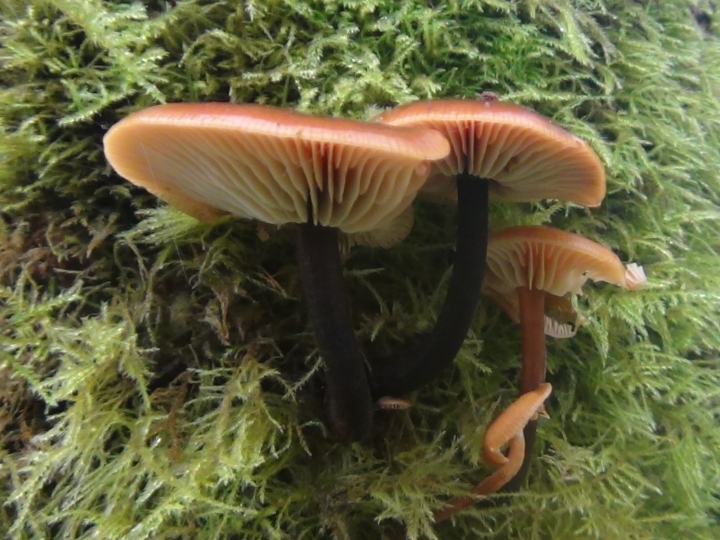















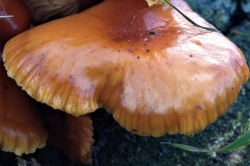
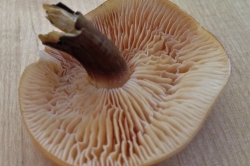
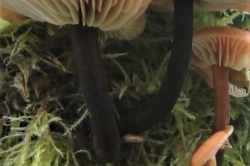
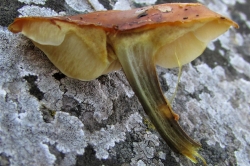
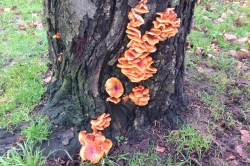
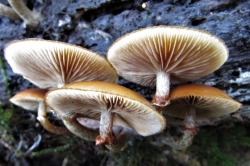
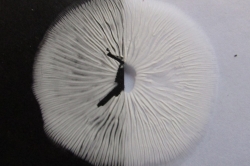
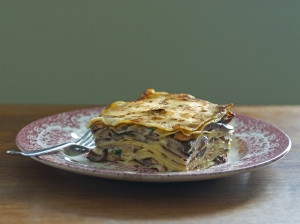
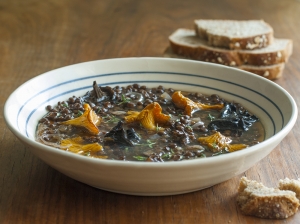
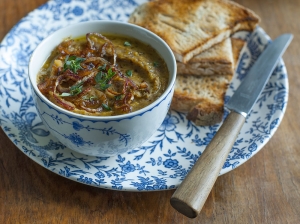
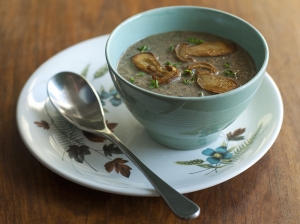
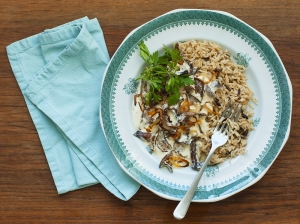
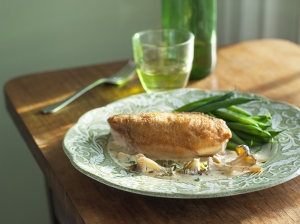
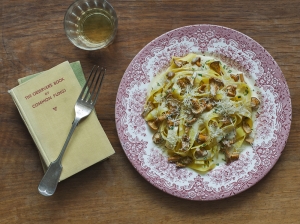
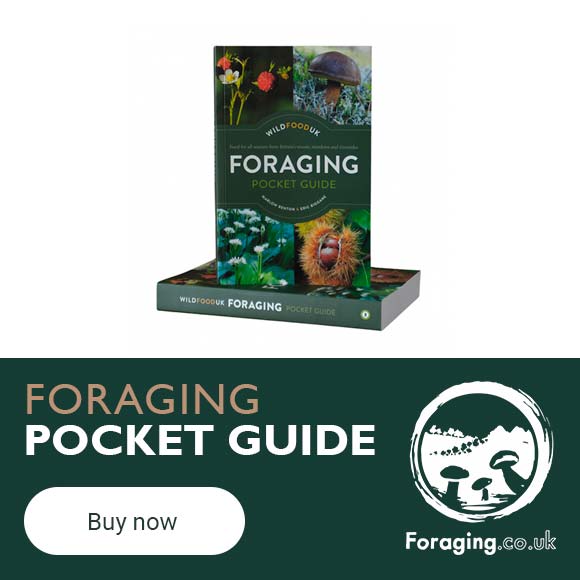
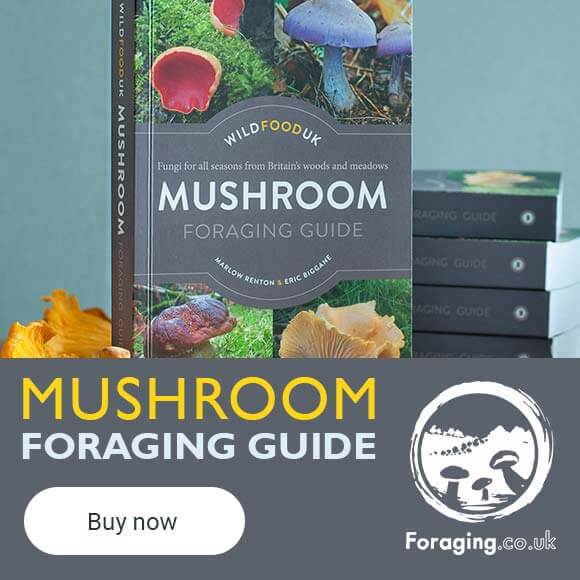
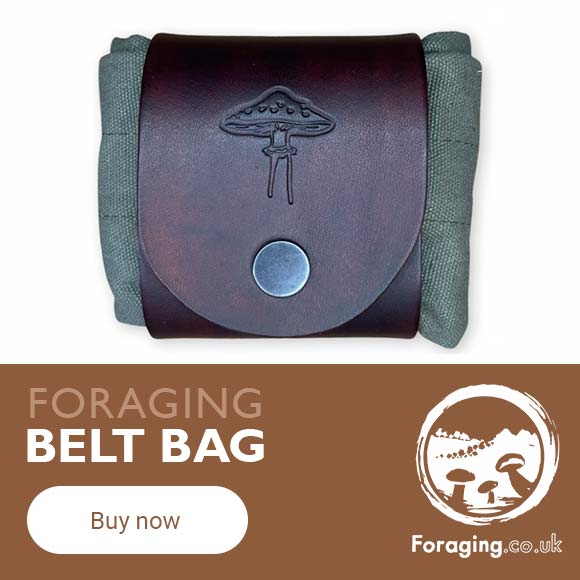
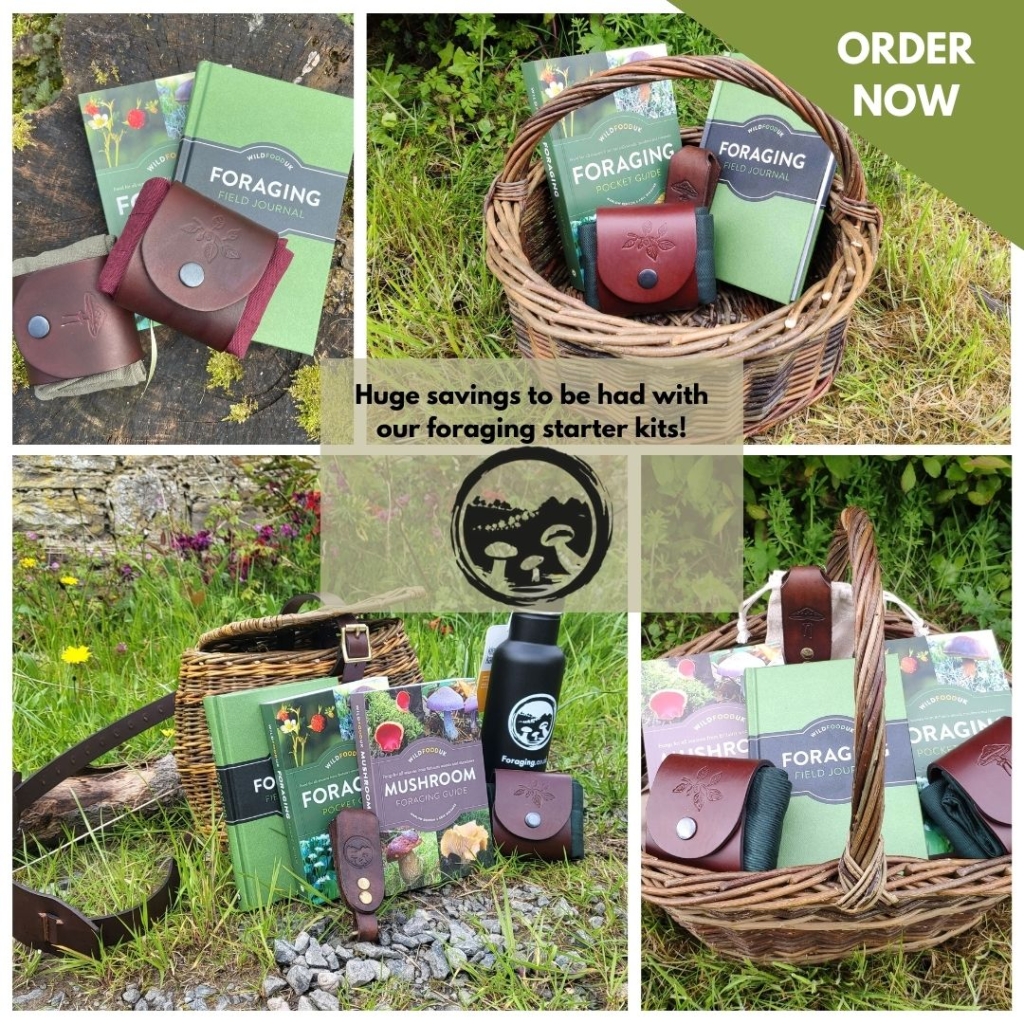


Leave a Reply